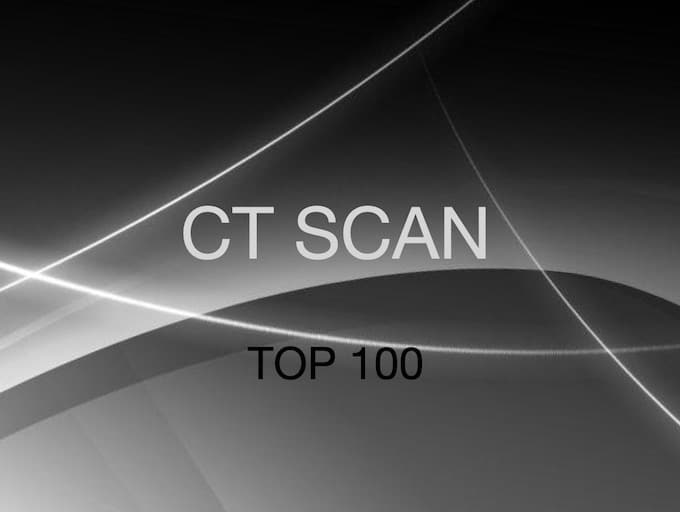
Echo basics: Mitral Stenosis
Echocardiography basics. Grading and quantifying mitral stenosis (MS) with planimetry, pulsed wave Doppler, PHT and Continuity Equation Method

Echocardiography basics. Grading and quantifying mitral stenosis (MS) with planimetry, pulsed wave Doppler, PHT and Continuity Equation Method

Mitral regurgitation (MR) is a common pathology detected during echocardiography. Accurate identification and grading rely heavily on colour and spectral Doppler imaging across multiple standard views.

The mitral valve is a dominant structure in most standard echocardiographic views. Understanding its anatomy in each window is essential for accurate assessment.

Echocardiography and valve measurements. Comprehensive assessment requires measurements to be made from 2D images and the waveforms generated during Doppler investigations

Echocardiography and valve views. Overview of valve disease and parasternal, apical and subcostal valve views with the echo probe

Patient position coupled with probe placement and orientation for optimal apical and subcostal views

Patient position coupled with probe placement and orientation for optimal parasternal long-axis (PLAX) and parasternal short-axis (PSAX) views

Echocardiography. Tips and tricks on optimising your image, making measurements, recognising artefacts and controlling infection

We can do transthoracic echocardiography (TTE) pretty much anywhere. Here are the pros and cons of 3 types of machines, how to identify the different types of probes, and what each type of probe is used for.

Intraventricular rupture of brain abscess (IVROBA). Second in our Neuroimaging case study series with Teresa Crow, Troy Carnwath, Scott DiMeo, L. Erin Miller and Natalie Rall

A 46-year-old female presents with left iliac fossa pain and fevers. She has a previous history of stage IV endometriosis

A 54-year-old lady with end stage renal failure (ERSF) presents to the the emergency department with abdominal pain.